Walk-In Shower Installation Tips for a Beautiful and Functional Bathroom
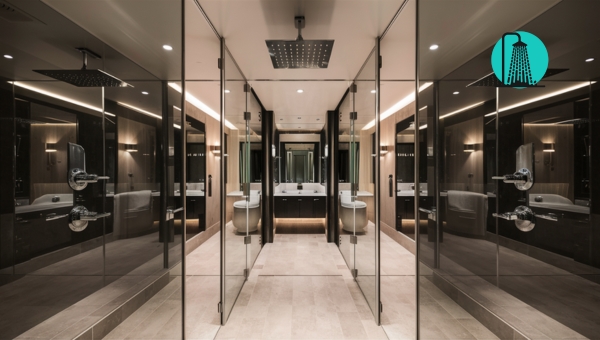

Think about beginning your day in a bathroom oasis. As steam rises and water flows gently, you step into your newly installed walk-in shower. This isn’t just a dream; it can become your reality with the right guidance. Although installing a walk-in shower may seem challenging at first, with some planning and useful information, you can transform your bathroom into a relaxing and stylish space.
In this guide, we’ll explore everything from choosing the perfect location to selecting the best fixtures, ensuring your walk-in shower becomes a spectacular centerpiece. Whether you’re updating your existing space or designing a new one, let us guide you through the process, making it as smooth and enjoyable as possible.
Embarking on the journey of a walk-in shower installation can be both exciting and rewarding. Here’s a comprehensive guide to help you navigate this process:
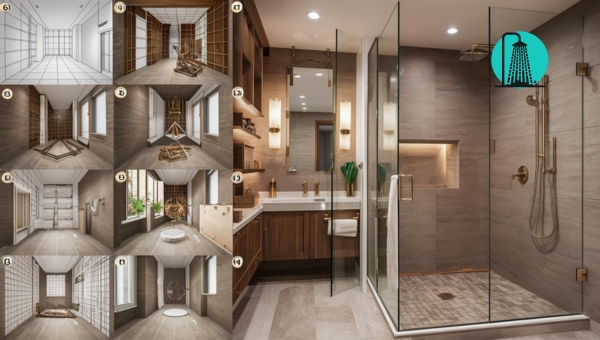
Begin the renovation by carefully removing the existing shower or bathtub, which involves demolishing walls and taking out flooring. Properly dispose of all debris to maintain a clean work area. Ensuring that the space is adequately prepared is crucial for a seamless installation process, setting the stage for the subsequent steps.
Whether you’re replacing an old shower or installing a new one, it’s essential to have the plumbing and electrical systems set up correctly. This step includes installing water supply lines and shower valves, as well as any necessary electrical connections for lighting or features like heated floors. Ensuring these systems are functional and up to code is vital for the shower’s performance and safety.
The subfloor must be adequately prepared and leveled, serving as the foundation for the shower. Install a shower pan that effectively collects and drains water, choosing between prefabricated options or custom-built pans made from durable materials like fiberglass or tile. Proper installation of the pan is critical to prevent leaks and ensure long-lasting functionality.
Once the subfloor and pan are in place, focus on installing the shower walls. You can select from prefabricated panels or opt for custom tile walls to match your design preferences. Ensure thorough waterproofing and sealing during this process to protect against water damage, which can lead to costly repairs down the line.
Next, add essential fixtures, including the shower head, faucets, and handles, to complete the functional aspect of the shower. Consider incorporating additional features such as shower niches or benches, which enhance convenience and safety for users. This step contributes significantly to the overall usability and comfort of the shower space.
Conclude the renovation with essential finishing touches, including caulking, sealing joints, and applying grout or tile sealant. These steps protect against water damage while providing a polished and professional appearance. Take the time to clean and polish all surfaces, ensuring the newly renovated shower is both aesthetically pleasing and ready for use.
Remember, each step is crucial in creating a functional and beautiful walk-in shower. With patience and attention to detail, your shower will be a testament to your efforts.
Also Read: Discover 14 Small Bathroom Walk-In Shower Ideas for Efficient Space Use
Planning a walk-in shower is an exciting journey that can transform your bathroom. Before you dive in, it’s essential to consider several factors to ensure a smooth process. From selecting the perfect spot to measuring the available space, each step requires careful thought.
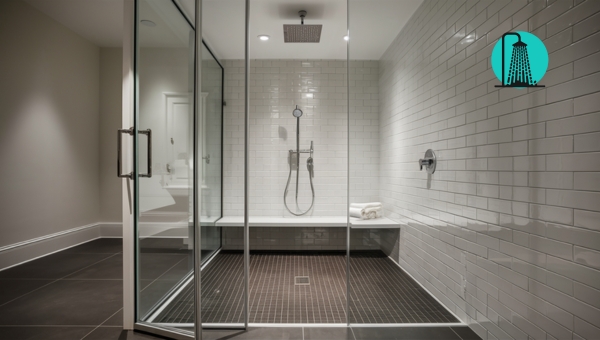
Let’s explore the key elements of planning your walk-in shower.
Choosing the right location for your walk-in shower is a critical first step. It’s important to consider the plumbing setup in your bathroom. Ideally, the shower should be near existing water lines to minimize installation costs.
Also, think about the overall layout of your bathroom. The shower should not obstruct pathways or make the space feel cramped. If your bathroom has a window, placing the shower nearby can allow natural light to enhance the area, making it feel more open.
Measuring the space accurately is vital to avoid future complications. Start by assessing the width, depth, and height of the area you plan to use for the shower. Keep in mind that you’ll need enough room not just for the shower itself but also for any additional features, such as a shower mat for walk-in showers or shelving.
Ensure there’s adequate clearance for doors or other fixtures. Proper measurements will help you choose the right size and style of the shower, fitting perfectly into the designated space without any hassle.
When tackling walk-in shower installation, selecting the right materials and fixtures is a vital step. This choice impacts not only the functionality but also the aesthetics of your bathroom. The materials you choose should be durable, water-resistant, and complement your overall design theme.
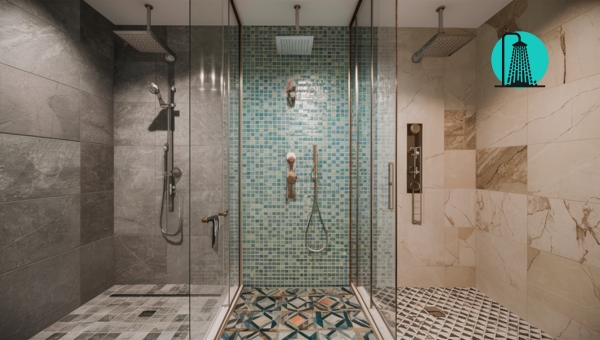
Consider the following:
It’s important to note that quality materials may have a higher upfront cost, but they often provide better longevity and less maintenance in the long run. Choosing wisely not only enhances the beauty of your walk in bathroom showers but also ensures they remain functional and efficient over time.
To ensure your walk-in shower remains in top condition, regular maintenance is key. Here are some practical tips to keep your shower pristine:
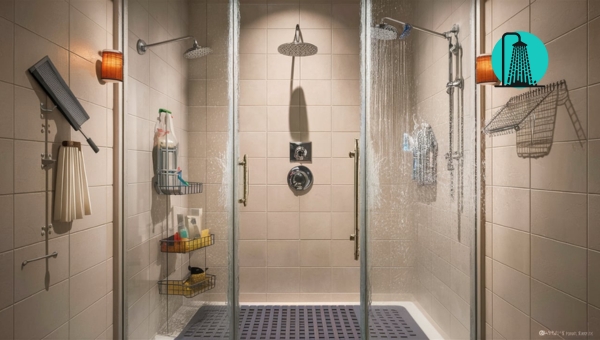
By incorporating these simple yet effective practices, you can keep your walk-in shower in excellent working order for years to come.
When considering the installation of a walk-in shower, the cost can vary significantly based on several factors. Homeowners generally find that the price ranges from about $3,000 to $10,000 or more. The following elements play a crucial role in determining the total cost:
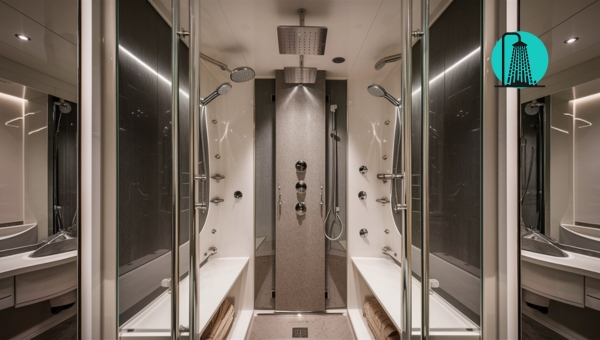
It’s important to note that these figures are average estimates. The actual cost may be higher or lower based on individual preferences and requirements.
Walk-in showers come with numerous advantages that make them a popular choice for modern bathrooms. Let’s dive into these benefits:
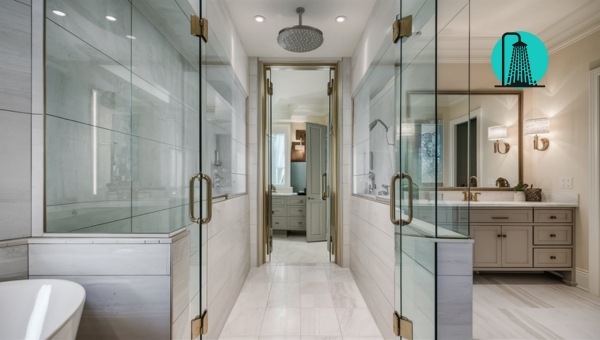
Overall, walk-in showers offer a blend of functionality and style, providing a refreshing alternative to traditional bathing solutions.
Walk-in shower installation can transform your bathroom into a modern and functional space. By carefully planning, selecting the right materials, and maintaining your shower, you ensure its longevity and efficiency. The process may seem challenging, but with the right guidance, it becomes manageable and rewarding. Walk-in bathroom showers offer numerous benefits, from easy access to a sleek design.
Understanding the costs and advantages can further help in making an informed decision. With these insights, you’re well-equipped to embark on your shower transformation journey. If you found this guide helpful, explore more informative blogs on our site for additional tips and insights!